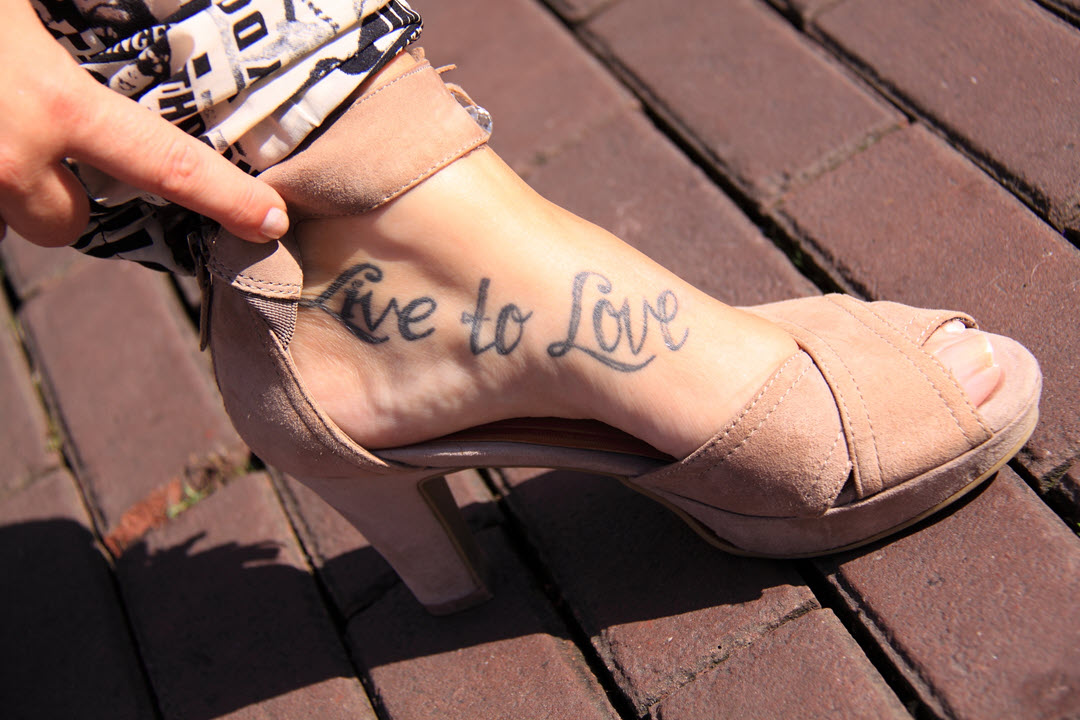A Canvas of Identity and Healing
Tattoos may need a touch-up after they have fully healed. This is somewhat common for fine-line and delicate tattoos.
Here are some reasons why a tattoo may require a touch-up.

Tattoo Touch Up Is Common
Not Being Careful During the Healing Process
If a tattoo scabs too heavily or peels unevenly during the healing process, some ink may be lost. Sometimes, people pick at the scab, which may result in some loss of ink. Picking at the tattoo: This can pull out pigment before it fully sets.
Moreover, during the healing process, a tattoo may become infected or irritated. This condition may cause the body to reject some pigment, resulting in areas with patchy discoloration.
Placement on the Body
High-friction areas, such as hands, fingers, feet, elbows, and knees, are prone to fading due to constant movement and rubbing.
Additionally, suppose a tattoo is placed in an area with stretchy or textured skin. In that case, it can cause the ink to settle unevenly.
Sun Exposure
Exposure to sunlight, especially during the healing process, breaks down ink particles and causes fading of the tattoo.
Aftercare Mistakes
Over-moisturizing or under-moisturizing: Both can affect how well the skin retains ink.
Ink and Color Type
Lighter colors fade faster: White, yellow, and pastel inks are more prone to fading than darker colors.
Cheap or diluted ink: Poor-quality ink may not hold up well over time.
Natural Body Chemistry
Immune response: Everyone’s body processes and retains ink differently. Some people naturally metabolize pigment more than others.
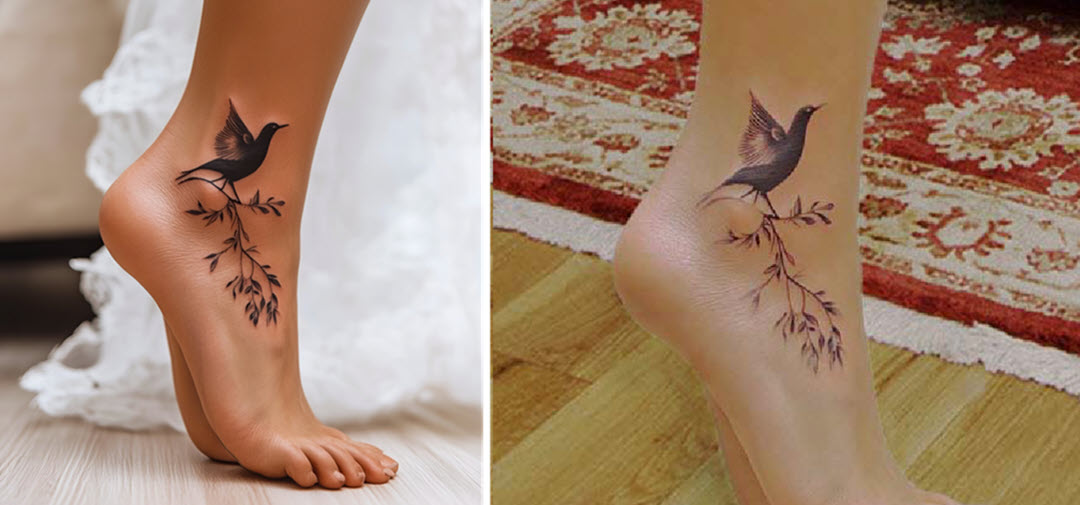
The photo on the left was taken shortly after the tattoo was created and had fully healed; the image on the right shows some fading. The area is a high-friction area. The fine lines need a bit of touch-up.
Even the most stunning tattoo eventually needs a tattoo touch-up. That vibrant masterpiece on your skin, the one that looked perfect when you first got it, gradually loses its luster as time passes.
Many tattoo enthusiasts don’t realize that fading, blurring, and color loss are completely normal parts of the tattoo journey. However, these changes don’t mean your beloved body art is doomed to disappear. A professional touch-up session can breathe new life into your design, restoring its original beauty and crispness.
But when exactly should you schedule that touch-up appointment? What happens during the process? And perhaps most importantly, how can you ensure your refreshed tattoo heals perfectly? These questions trouble many tattoo lovers who want their ink to look its best for years to come.
This post will address questions you may have about touching up your tattoo. Whether your tattoo is showing its age or you simply want to enhance certain elements, this blog post will walk you through everything you need to know about getting the perfect tattoo touch-up.
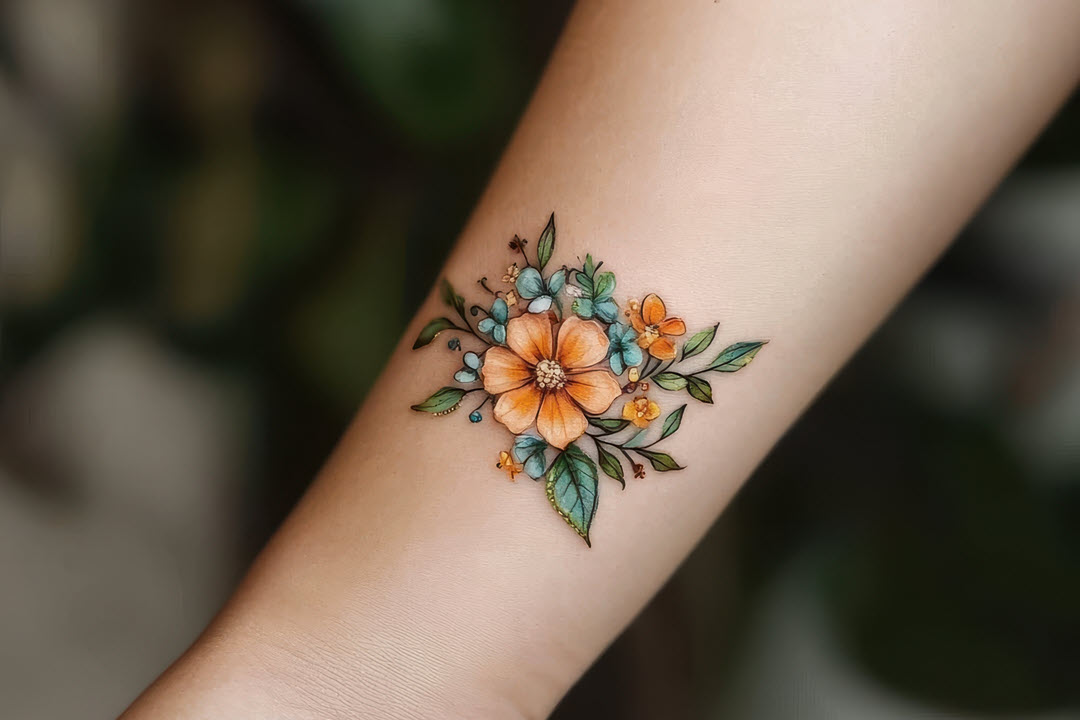
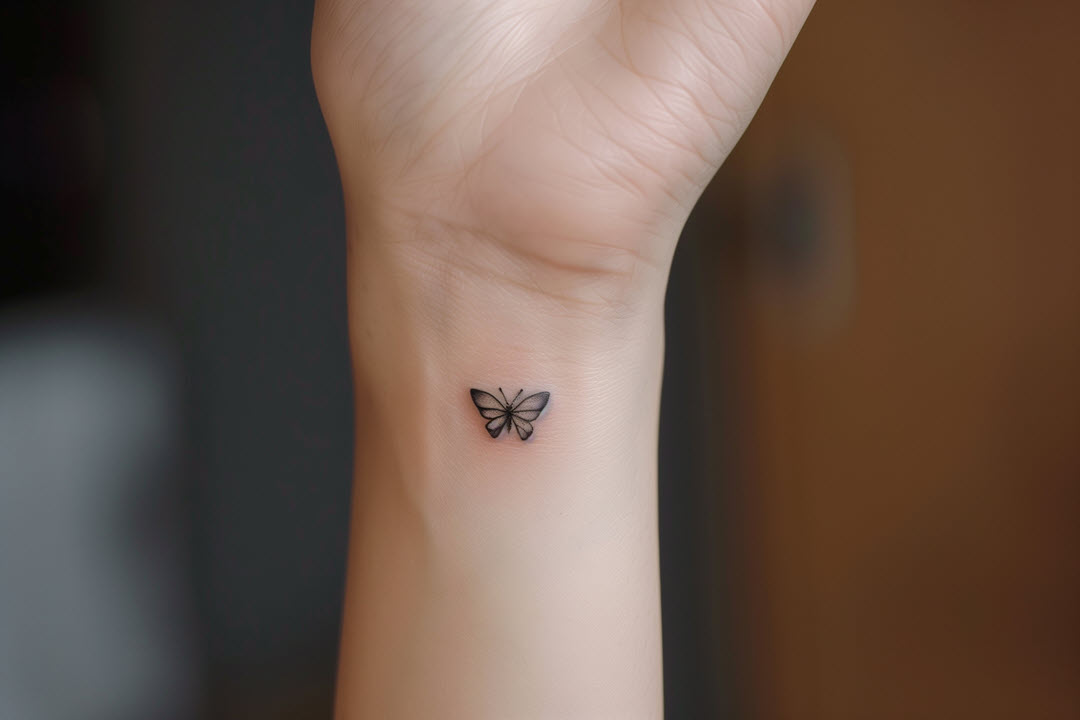
Both of the tattoos above may require touch-up at some point.
How to Know If Your Tattoo Needs a Touch-Up
Recognizing the right time for a tattoo touch-up requires understanding the natural aging process of body art. Unlike temporary changes that occur during the healing process, sure signs indicate that your tattoo truly requires professional touch-up attention from a skilled tattoo artist.
Fading is one of the most common indicators that your ink needs refreshing. If your once-vibrant design has lost its boldness or appears dull and washed out, a touch-up can restore its original brilliance. This fading occurs naturally over time due to skin cell regeneration, sun exposure, and the natural aging process.
Pay close attention to the lines in your design. Sharp, crisp lines that begin looking blurry, thickened, or smudged suggest it’s time for a touch-up. This blurring happens gradually as ink particles spread microscopically beneath your skin.
Additionally, examine your tattoo for patchy areas or uneven ink coverage. If certain parts appear lighter or the color shows inconsistent boldness throughout the design, these variations indicate ink loss. Some tattoos develop this patchiness during the initial healing process, while others develop it over time.
Color distortion presents another clear signal. If parts of your tattoo have shifted from their original hue—particularly lighter shades—professional intervention can correct unwanted color changes.
More serious issues include scarring and blowouts. Signs of scarring include raised, puffy lines, distorted coloring, or pitting of the skin. Blowouts occur when ink spreads beneath the skin, creating a smudged appearance with bluish-green discoloration around the edges.
Furthermore, certain tattoo styles and placements require more frequent maintenance. Fine-line tattoos with delicate details may require more frequent touch-ups, as imperfections become readily noticeable.
Likewise, tattoos on high-friction areas such as hands, fingers, feet, elbows, and knees typically require multiple rounds of touch-ups due to faster fading.
Ultimately, regular assessment of your tattoo’s appearance helps determine when professional enhancement becomes necessary. While some changes are a natural part of aging, others can be effectively addressed through timely touch-up sessions.
What to Expect During the Touch-Up Process
The journey toward refreshing your ink begins with a consultation with your tattoo artist. This critical first step allows the artist to assess your tattoo’s condition and discuss your expectations before proceeding with any work.
Before scheduling a touch-up, remember that your skin must be fully healed from the initial tattoo application. Most professionals recommend waiting 4 weeks to 6 months after getting your original tattoo before considering any touch-up work. Attempting to touch up a tattoo before it is completely healed can damage the artwork and complicate the process.
Upon arrival for your appointment, the artist will thoroughly clean the area to remove any oils. The actual procedure involves re-inking specific areas of your design that need enhancement.
Artists typically focus on:
- Refreshing faded colors
- Sharpening blurred lines
- Filling in patchy areas
- Correcting imperfections from the initial healing
Regarding discomfort, touch-ups generally cause a similar sensation to the original tattoo. Nevertheless, many clients report that touch-ups often hurt less than the initial session. This reduced pain typically occurs because touch-up sessions are usually shorter and cover smaller areas. Sessions can last anywhere from a few minutes to several hours, depending on the complexity and size of the area requiring attention.
Ideally, your original artist should perform the touch-up as they understand the design, technique, and ink used in your tattoo. Many studios offer complimentary touch-ups within the first year as part of their service. This is certainly true for a Tattoo created at Be You Tattoo.
Following your touch-up, the healing process mirrors that of a new tattoo. You’ll need to follow the same aftercare regimen as you did initially, keeping the area clean, avoiding excessive moisture, and following your artist’s specific instructions. Essentially, you’re treating a fresh wound that requires proper care to heal optimally.
With proper aftercare, your refreshed tattoo will regain its vibrant appearance and continue looking its best for years.
Aftercare Tips to Ensure a Perfect Tattoo Touch-Up
Proper aftercare is crucial for ensuring your tattoo touch-up heals perfectly. Similar to your initial tattoo, a tattoo touch-up breaks the skin and requires diligent care to preserve the artist’s work and prevent complications.
Immediately after your session, your artist will likely clean the area thoroughly and may apply a thin layer of ointment before covering it with a bandage or plastic wrap. Most professionals recommend removing this covering after 1-3 hours to allow the tattoo to breathe and heal properly. Afterward, gently wash the area with warm water and fragrance-free, antibacterial soap using clean hands—never a washcloth after the first cleaning.
Throughout the healing process, keep these essential guidelines in mind:
- Clean the tattoo 2-3 times daily with mild, fragrance-free soap until fully healed
- Apply a thin layer of recommended moisturizer after cleaning—enough to hydrate but not suffocate the skin
- For the first three nights, some artists recommend wrapping the area with plastic wrap, the same type of plastic wrap used to store food
- Avoid soaking in water, including pools, hot tubs, lakes, and baths, for at least 14 days
- Keep the tattoo out of direct sunlight and tanning beds until fully healed
- Never pick, scratch, or rub the tattoo, even when itching begins
Despite what you might have heard, petroleum-based products like Vaseline and medicated ointments containing zinc should be avoided as they can draw out ink and hinder healing. Additionally, avoid using scented soaps, loofahs, and engaging in excessive exercise that causes sweating for at least 48 hours.
For moisturizers, many artists recommend fragrance-free options, such as Hustle Butter, Lubriderm Daily Moisture Lotion, or Aquaphor Healing Ointment. A touch-up typically requires the same healing time as an initial tattoo.
Remember that long-term care also affects how well your touch-up lasts. Once healed, continue to moisturize regularly and always use a sunscreen with SPF 30 or higher to minimize fading. Periodic inspection of your tattoo helps identify when maintenance might be needed before significant deterioration occurs.
Above all, follow your tattoo artist’s specific instructions; they know their work best and can provide personalized guidance for your unique situation.
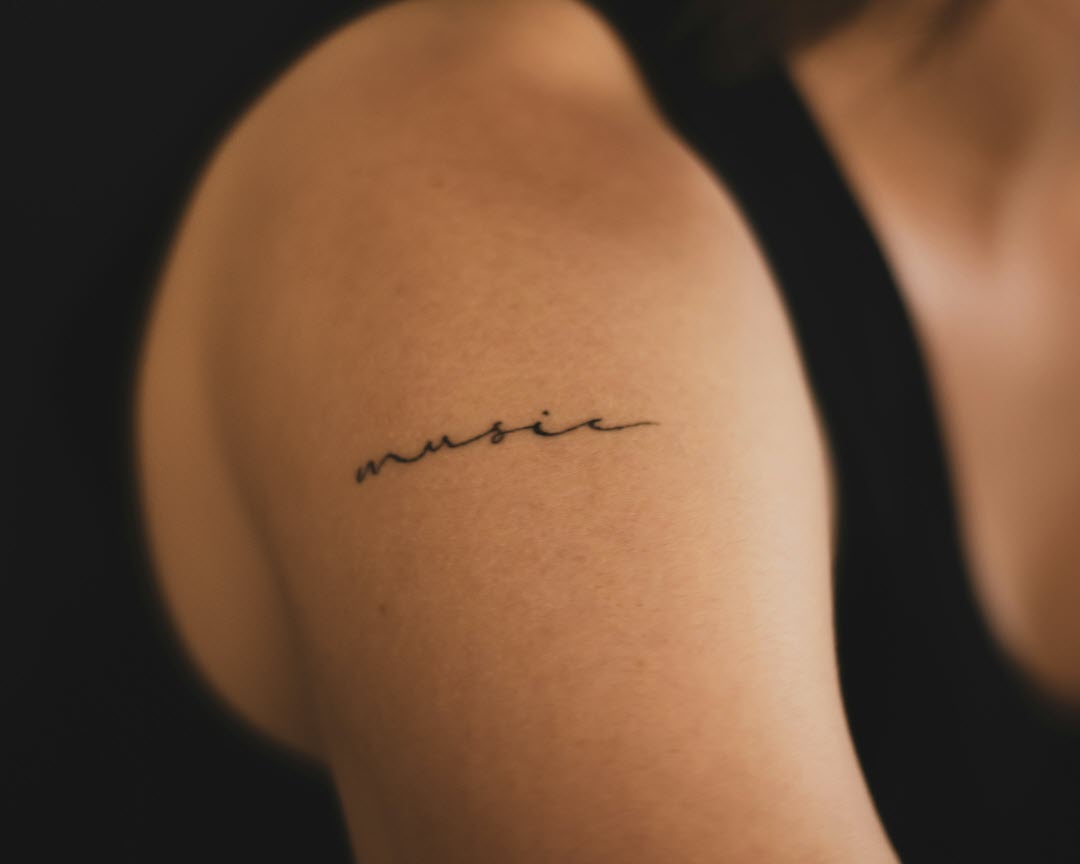
Conclusion
Tattoo touch-ups are an essential part of maintaining the beauty of your body art throughout its lifetime. Just as a masterpiece painting requires occasional restoration, your tattoo needs periodic attention to preserve its intended appearance. Your understanding of when and why to seek touch-ups makes all the difference in maintaining vibrant, defined artwork.
Signs such as fading colors, blurry lines, or patchy areas should prompt you to consult your artist rather than watching your tattoo deteriorate further. Addressing these issues early ensures minimal work during the touch-up process and better overall results.
During your touch-up session, professional artists will carefully refresh specific areas needing enhancement while preserving the original design’s integrity. Though the process mirrors your initial tattoo experience, many people find touch-ups less painful and certainly worth the brief discomfort.
Proper aftercare undoubtedly determines the success of your touch-up. Following your artist’s cleaning and moisturizing guidelines protects their work and ensures optimal healing. Additionally, long-term practices such as applying sunscreen and regular moisturizing can extend the time between necessary touch-ups.
Remember that tattoo maintenance represents an ongoing commitment rather than a one-time event. Beautiful body art requires your dedication to preservation through proper care and timely touch-ups. This investment of time and attention rewards you with stunning tattoos that continue telling your story for years.
